
Tibetan antelopes walk on grassland in Nyima county, Tibet autonomous region, last month.(Photo/Xinhua)
Qamba begins his day at dawn, braving the biting wind on his motorcycle as he patrols a vast no man's land in Southwest China's Tibet autonomous region.
Qamba, 37, is a wildlife ranger in Tsonyi county, a core area of Changtang, China's largest and highest nature reserve.
With an average altitude of over 5,000 meters, Tsonyi is China's highest county. The oxygen level is a mere 40 percent of that on the plain.
Winter, which lasts for 10 months of the year, is the toughest time for Qamba as the lowest temperatures reach — 40 C.
"Winter is the mating season for Tibetan antelopes. Snowfall will make it difficult for them to feed, so we have to put forage in their habitats to help them survive the mating period," Qamba said.
In 1993, the 300,000-square-kilometer Changtang Nature Reserve was established in Tibet, and further upgraded to a national nature reserve in 2000.
The population of rare wildlife species in Tibet has been growing, with the Tibetan antelope population increasing to over 300,000, wild yaks exceeding 20,000 and black-necked cranes surpassing 10,000, according to a report released in June by the regional department of ecology and environment.
Humans as well as animals benefit from Tibet's pristine natural setting. In the city of Nyingchi, a major forest area in China, logging used to be the main source of income for the locals. However, after a ban was imposed on logging, people turned to ecotourism for income.
Sonam Drolkar, who opened the first homestay in her village in Kongpo'gyada county, expanded her homestay in 2010 with the support of the local government. Today, she is the proud owner of two homestays.
"As the environment improves, a rising number of tourists visit this place and our revenue has soared," said the 32-year-old, adding that her homestay business alone brought her more than 100,000 yuan ($14,340) last year.
Rural tourism in Tibet attracted more than 12.7 million tourists last year, generating about 1.6 billion yuan in revenue and creating 64,500 jobs for farmers and herders, according to Dondrup, deputy head of the regional tourism development department.
"The ecological benefits are being transformed into economic and social benefits, and the sound eco-environment has become a road to fortune for the locals," said Shui Yanping, deputy director of the regional department of ecology and environment.










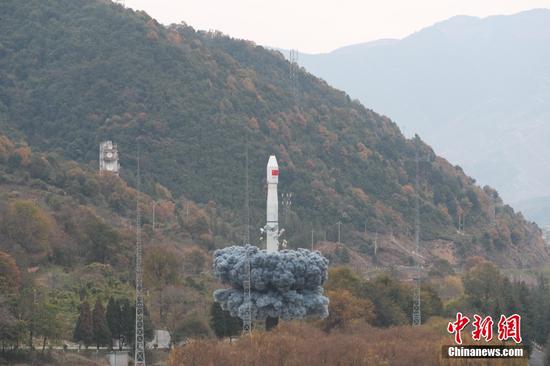








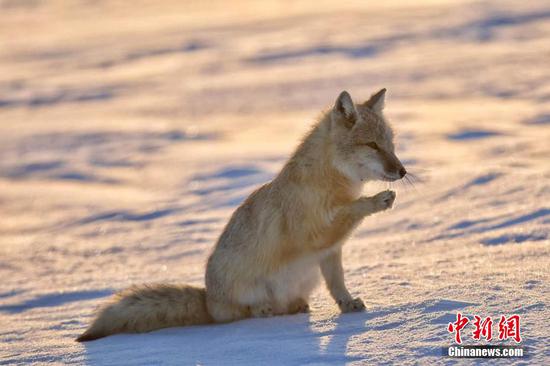



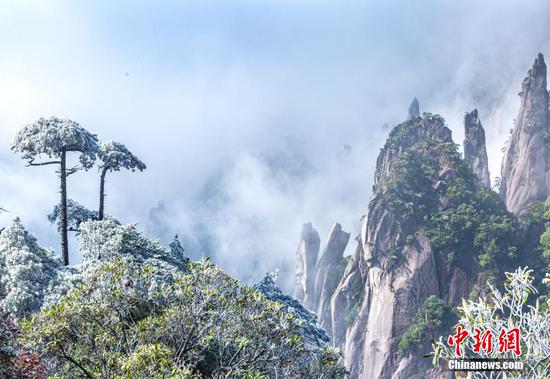






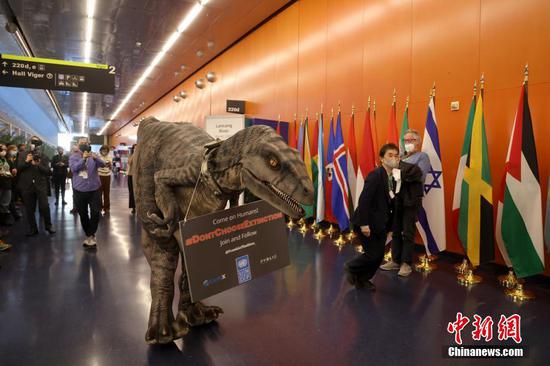






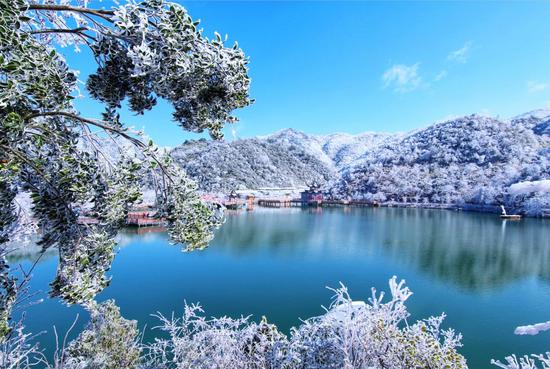








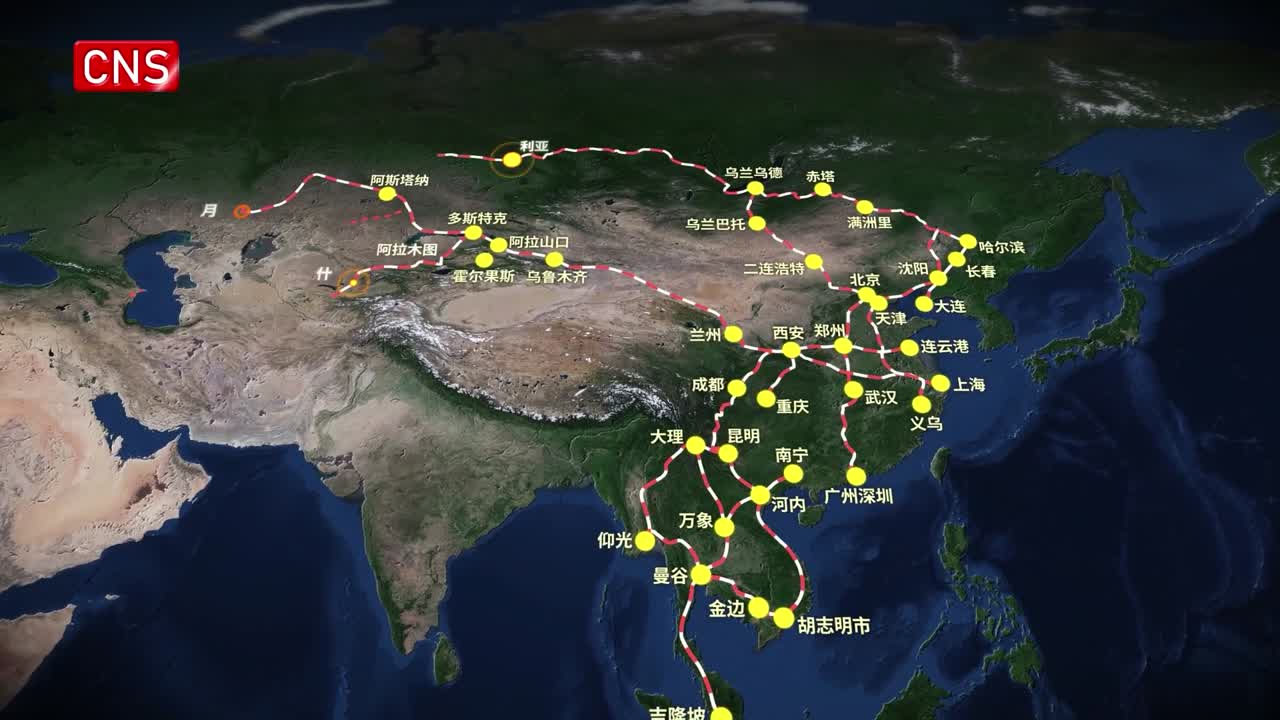



 京公网安备 11010202009201号
京公网安备 11010202009201号